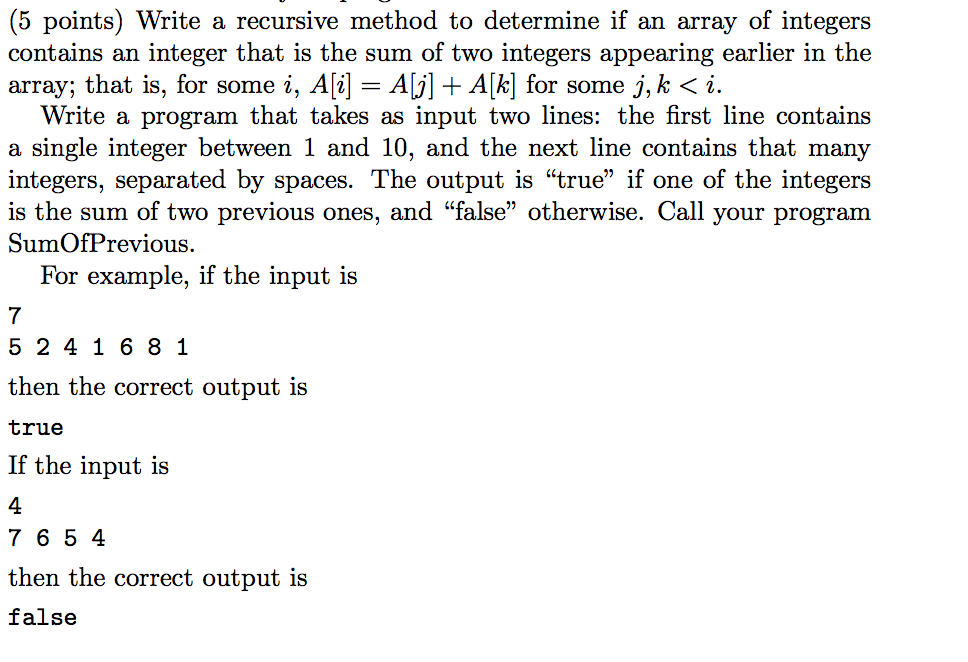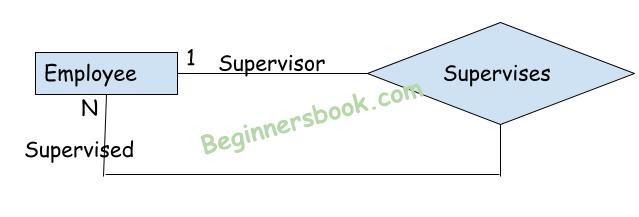

The order of type and name does not matter. This is called “Command Substitution” in the shell. If you only want to look for files, specify file type -f: find. Note the backquotes (back ticks) are used to reuse the results of the find command as arguments to the cp command. This will make grep look recursively (-r option) and provide the result in a human-readable format (-H option) for the string database in all () files under. Now let’s assume you can use this command to find lost files in your library, here’s an example of how you copy them out: cp -v `find. files in a given subdirectory if they match one of the names in SKIPDIRS.
BASH FIND FILE WITH NAME RECURSIVE HOW TO
How to automatically copy out the images you find # rglob() will always search recursively: >.


Just execute it from within the library folder and it will find any JPG file you know the name of in a matter of seconds. Sometimes you want to find the original or a preview of an image that is in your iPhoto or Aperture Library but you just can’t find it when you click on “Show Package Contents”. name ".*" Using this to find images in iPhoto or Aperture # name ".htaccess"Īlso if you want to look for all hidden files (all files starting with a dot), you’d go like this: find. Sometimes you need an emergency reminder about how to find all files of a certain name in a directory structure… like say: find all.


 0 kommentar(er)
0 kommentar(er)
